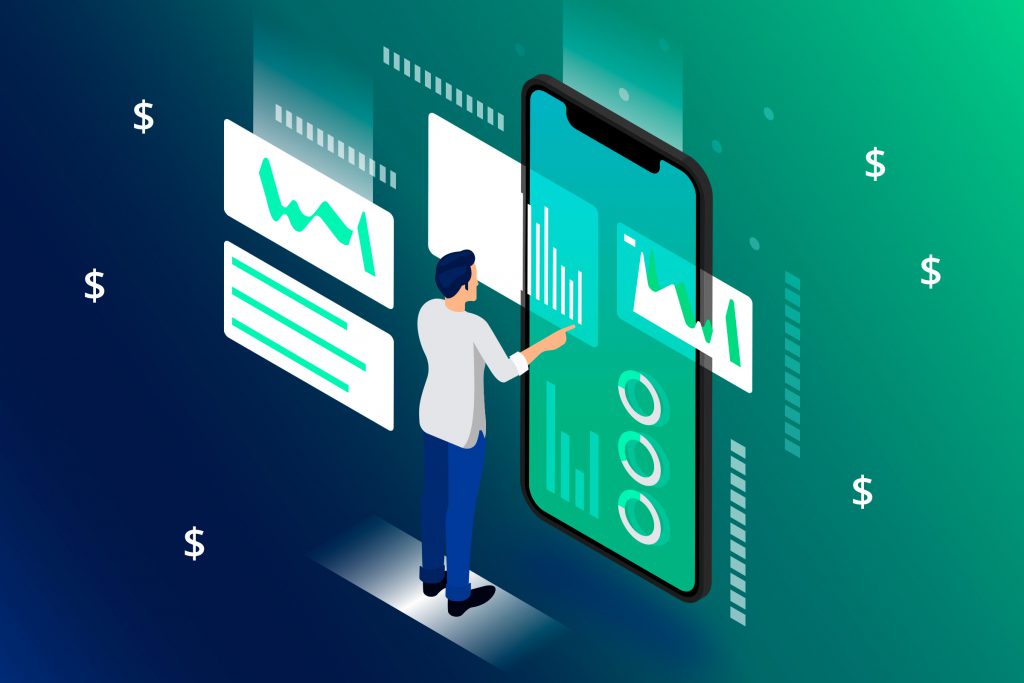The hourly rate for data analysts depends on where they work and the tasks they perform; however, the average for both on-site and freelance data analysts is between $25 and $50. So, you need to understand the roles and responsibilities of your data analysts to determine how much they should earn per hour.
The first question you need to answer before hiring data analysts for your business is, what does a data analyst do? The answer to this question will guide you in determining the right hourly rate for your data analysts. In this article, you’ll learn all about data analysts, including their hourly wages.
What Is a Data Analyst?
A data analyst is a professional who collects, reviews, studies, cleans, and sorts through data sets to obtain insights that can help you solve serious problems and make informed business decisions. They interpret the available data sets to answer tough business questions and solve problems in your organization.
Virtually all industries today require data analysts to help them sort through the tons of data they receive every day. Previously, these professionals were only found in the finance industry where they mainly specialized in crunching numbers. Today, they can be found in business, insurance firms, criminal justice systems, science industries, government, credit firms, etc.
Both small and large enterprises require data analysts to make informed business decisions. So, if you’re a small retailer, you’ll need data analysis for small business needs. With a professional data analyst for your small business, you can easily know the kind of clients to target with your products or services.
Data analysis will help you to create ad campaigns that target the right audience. For instance, your data analyst will study the demographics of the people visiting your website to help you create a campaign ad that’s relevant and interesting to your target audience.
What Is Data Analysis?
Data analysis involves collecting data from different sources and studying it closely to put together useful insights that will inform logical business decisions. This process goes through five main iterative stages, including identifying, gathering, cleaning, analyzing, and interpreting the data. Once a data analyst analyzes the available data, they must interpret the results and prepare insights that they’ll hand over to you or the leadership of your organization.
Data analysis takes diverse forms based on the objective of the analysis. For instance, descriptive data analysis will tell you what happened, diagnostic analysis will tell you why it happened, and predictive analysis will project the future while prescriptive analysis will provide you with actionable insights on the actions you need to take.
How Much Does a Data Analyst Earn?
The typical base pay for a data analyst in the United States today is $69,517. However, this salary varies depending on several factors, including the seniority of the analyst, their location, the company they work for, their daily roles and responsibilities, etc. For instance, a freelance data analyst from Africa or Asia earns less than their on-site counterpart in the U.S.
But this doesn’t mean that freelance data analysts offer low-quality services. In fact, some of them are likely to offer you better data analysis services than on-site analysts because they have more time to work on your projects and have flexible work schedules. Furthermore, freelance data analysts don’t need you to set up an office for them because they can work from anywhere provided they have access to the internet–this reduces your monthly office overheads thus boosting your profits.
According to the U.S. Bureau of Labour Statistics, the median annual salary for a data analyst is $82,326, which translates to about $10 per hour. However, other reports from different human resource consulting firms in the U.S. put the median annual salary for a data analyst at $106,500, which equals about $13 an hour.
The more experienced a data analyst is, the higher their hourly rate. For instance, an analyst with two to four years of experience can get $25 per hour, while one with five to seven years of experience can earn up to $35 per hour. If they have more than eight years of experience, they’re likely to earn between $40 and $50 an hour, depending on the company they work for.
As your data analyst moves deeper into leadership roles, their hourly rates increase. If your industry has a high demand for data analysts, you should expect to pay more for your data analysts. Some of the industries with the highest demand for data analysts include finance, insurance, science, IT, manufacturing, professional, and management.
For the best freelance data analysts to suit your needs and budget, make a free job post or check out the wide range of available freelancers on Guru today.



